Protecting the Tuckahoe
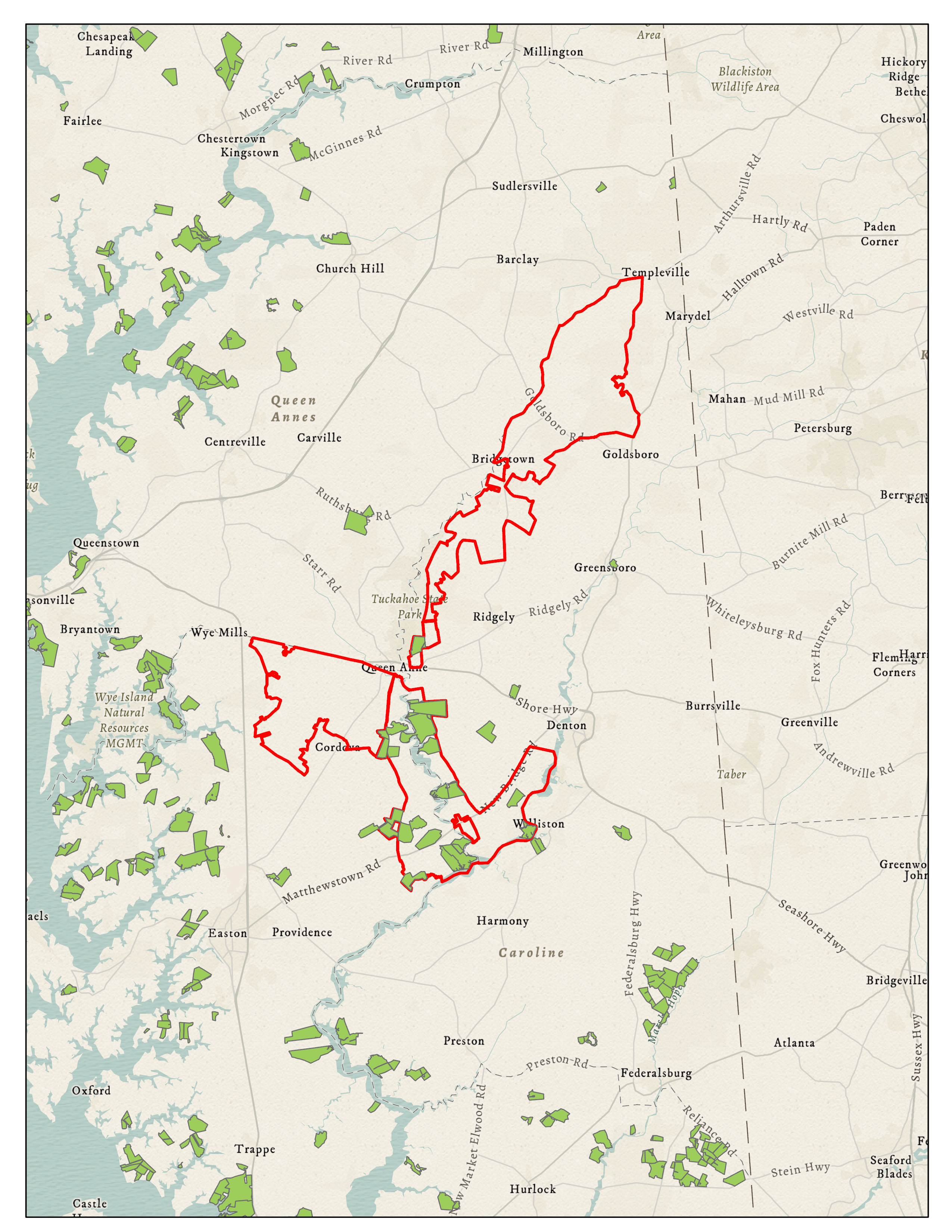
The expanded Tuckahoe Rural Legacy Area offers conservation easement opportunities in both Talbot and Caroline County.
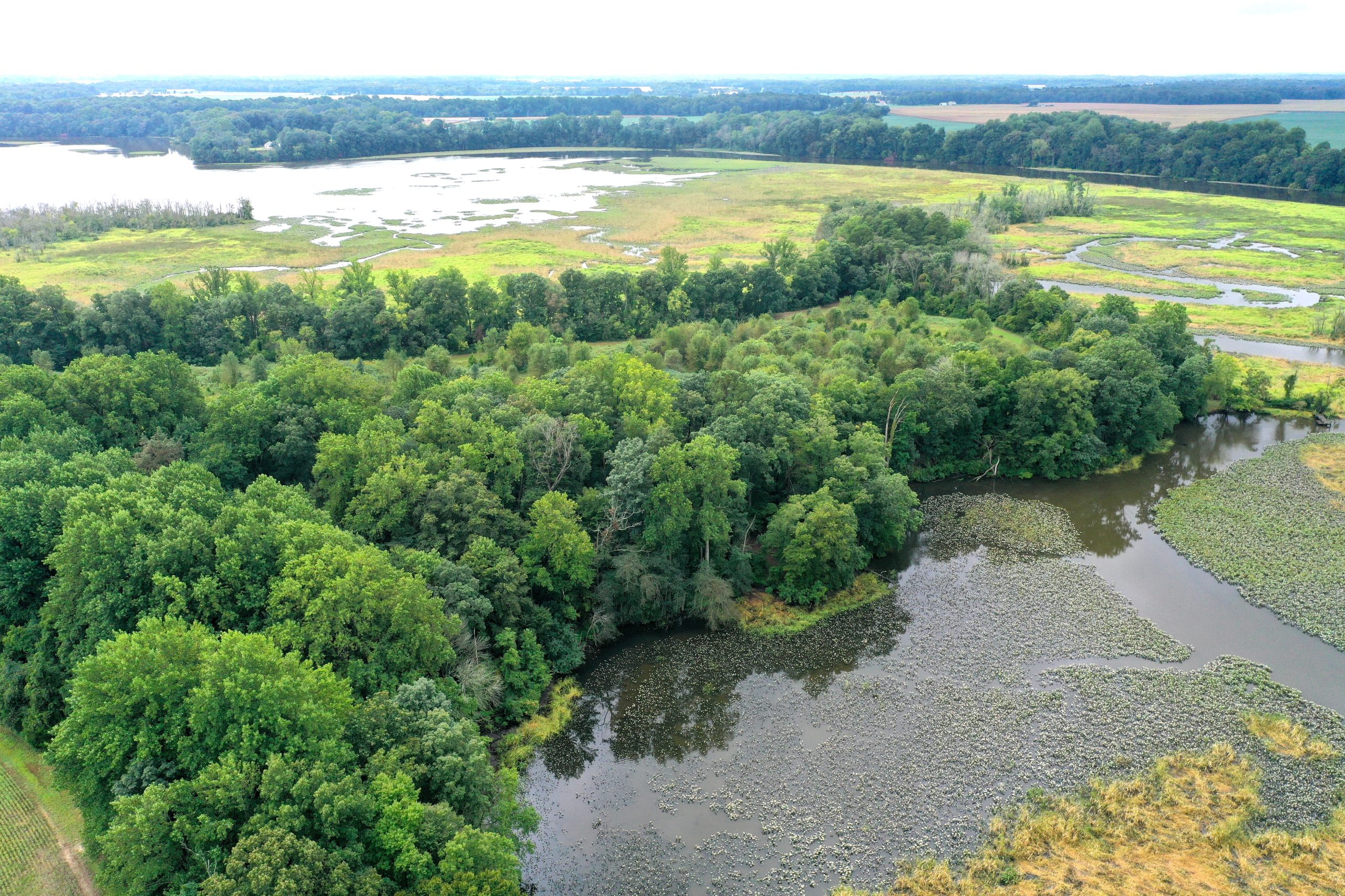
Part of the Tuckahoe Rural Legacy Area, the Daffin House Farm in Caroline County protects over 268 acres of farmland, forest, and wetland.
Tucked into the center of the Eastern Shore between Queen Anne’s, Caroline, and Talbot counties, the Tuckahoe Creek watershed is a rural world of winter rye, potato fields, cardinal flowers, massive beech trees, yellow-blooming water lilies, and wild rice nodding above fresh quiet water. Canopies of deciduous trees arc across winding back roads. Wild blueberry bushes sprawl between tidal marshes and stands of pine. This is the point on the peninsula where the wide and flat farm fields of the lower shore give way to small hills so gradually, so gently, you may not even notice the slope.
The watershed stretches across 97,900 acres, covering an area about the size of two Washington D.C.’s. More than half of that area is devoted to agriculture, the rest consumed by small towns, forests, wetlands, and the creek itself, which runs over 20 miles from north of Queen Anne to its confluence with the Choptank River at Gilpin Point in Caroline County. If there’s one important takeaway for this region, it’s that the Tuckahoe is abundant. For fisherman, the Tuckahoe offers one of Maryland’s few flyfishing spots with wide openings, steadfast water, and a stony creek bed. For farmers, the watershed offers freshwater irrigation and prime soils that have produced in abundance for centuries upon centuries—from the gardening of Choptank people who tended squash, beans, and corn, to colonial tobacco production, grain growing, and fruit and vegetable farming for local canneries. Mills, steamboat landings, poultry farms, schooner manufacturing, scenic recreation, and kayak paddling trails, are all signature features of the Tuckahoe, which also supports five unique habitats of rare plants. The watershed is home to deer, waterfowl, songbirds, turtles, 39 species of freshwater fish, 25 species of amphibians, and a host of native plants including “tuckahoe,” the Algonquin word for a marsh-loving arrowhead plant whose roots were harvested by the Choptank people for food and for medicine. Tuckahoe Creek is also unique for its ties to local African American history. The famous statesman and abolitionist, Frederick Douglass, was born within the watershed, and Harriet Tubman often used the nearby upper Choptank watershed as a northward route while leading escapees on the Underground Railroad.
As more people move to the Eastern Shore and more industries seek out the Shore’s open space, it’s easy to see how important it is to conserve places like the Tuckahoe in order to preserve natural and cultural resources and in order to protect water quality by improving natural buffers surrounding the tributary. Luckily, Maryland DNR’s Rural Legacy Program, begun in 1997, exists to protect large, contiguous tracts of the state’s most precious cultural and natural resource lands through grants made to local applicants. ESLC has been a sponsor for Rural Legacy Areas (RLA) on the Eastern Shore since 2001, and has protected 66 properties covering over 11,000 acres of land utilizing this funding program. The Tuckahoe is one of ESLC’s sponsored Rural Legacy areas. In 2019, ESLC worked with DNR and local governments to further expand these RLAs, by almost four times their original footprint, drastically increasing the number of eligible properties in the region.
Thanks to the work of Eastern Shore Land Conservancy, MALPF, and funding from Rural Legacy grants, over 13,000 acres of the Tuckahoe watershed have been permanently conserved—each farm, forest, and wetland protected from development forever. While 13,000 acres is a success worth celebrating, there are still over 31,000 acres within DNR’s Tuckahoe Rural Legacy area just waiting to be conserved, with ample funding at the ready. This rural legacy area was expanded just a few years ago to encompass 44,543 acres, almost half of the entire watershed. To conserve the full area would be a gigantic win for conservation, for agriculture, for water quality protection, for rare and threatened species, historical preservation, public access to recreation, and so much more.
If you, or someone you know, own a property of over 30 acres located in the Tuckahoe area, we’d love to speak with you about a conservation easement! Anyone interested should reach out to David Satterfield, ESLC’s director of land conservation, at DSatterfield@eslc.org or (410) 422-1996. In the meantime, here’s a glimpse of five ESLC easement properties that have already committed to conservation in this uniquely beautiful corner of the Eastern Shore.
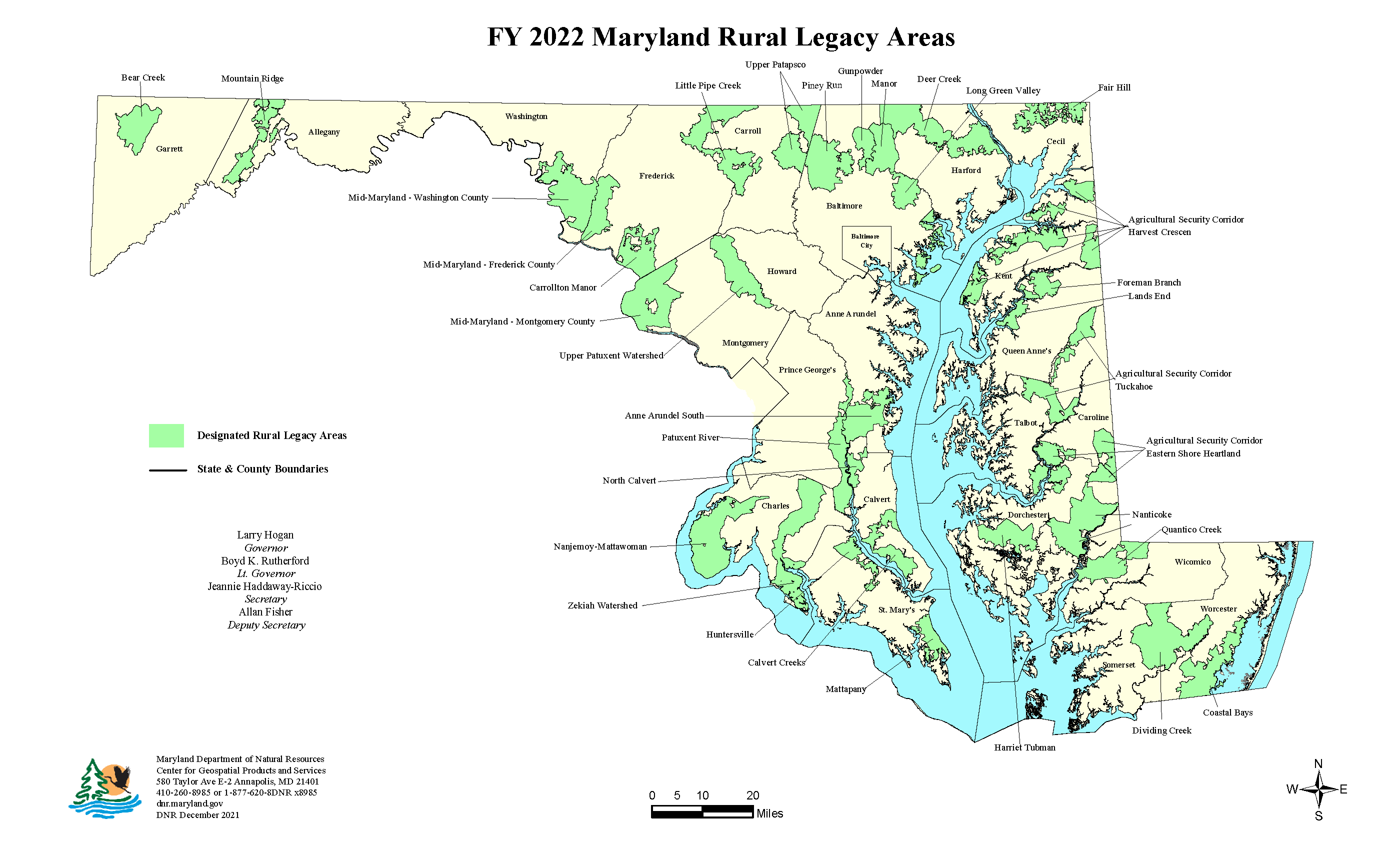
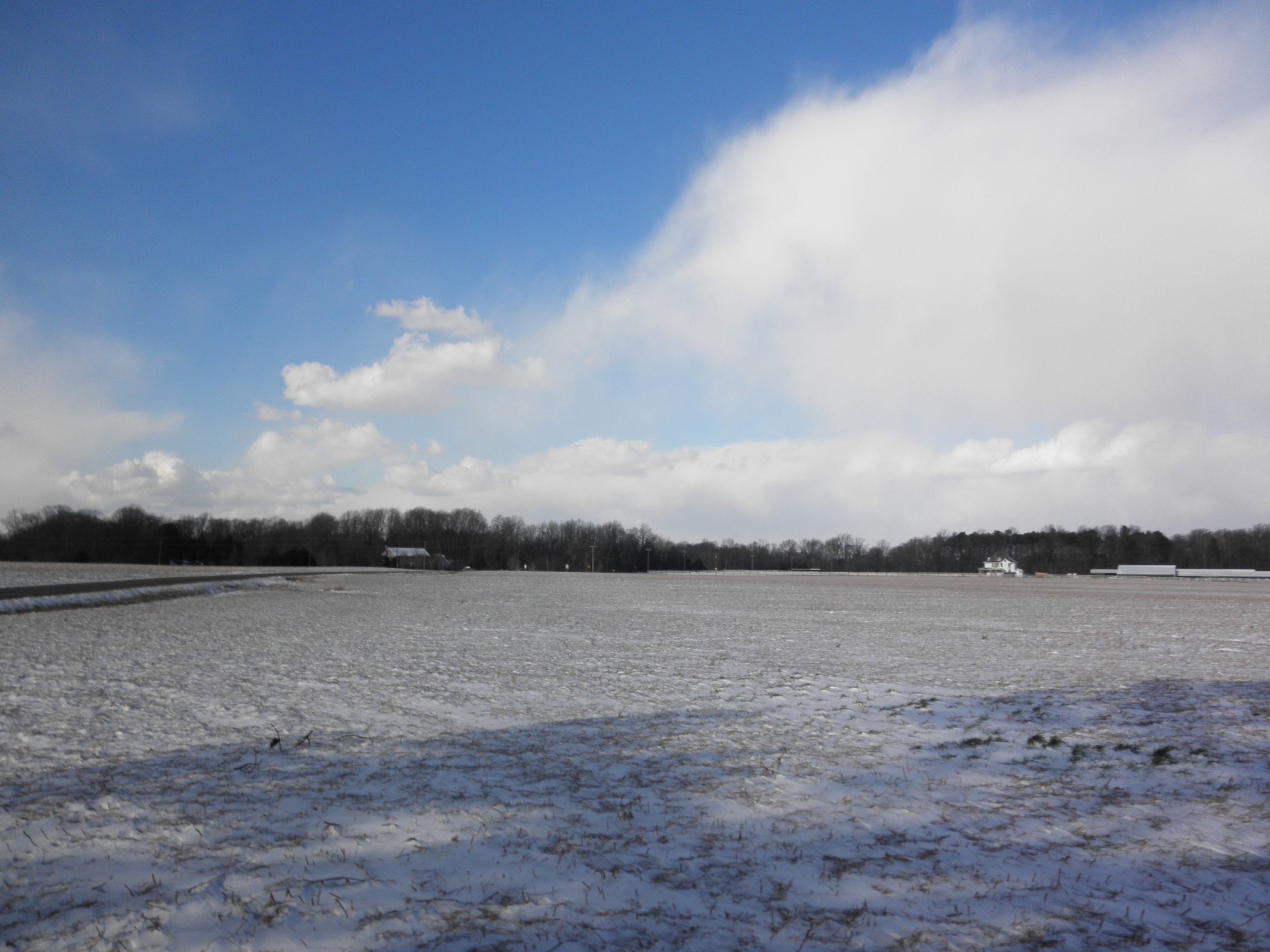
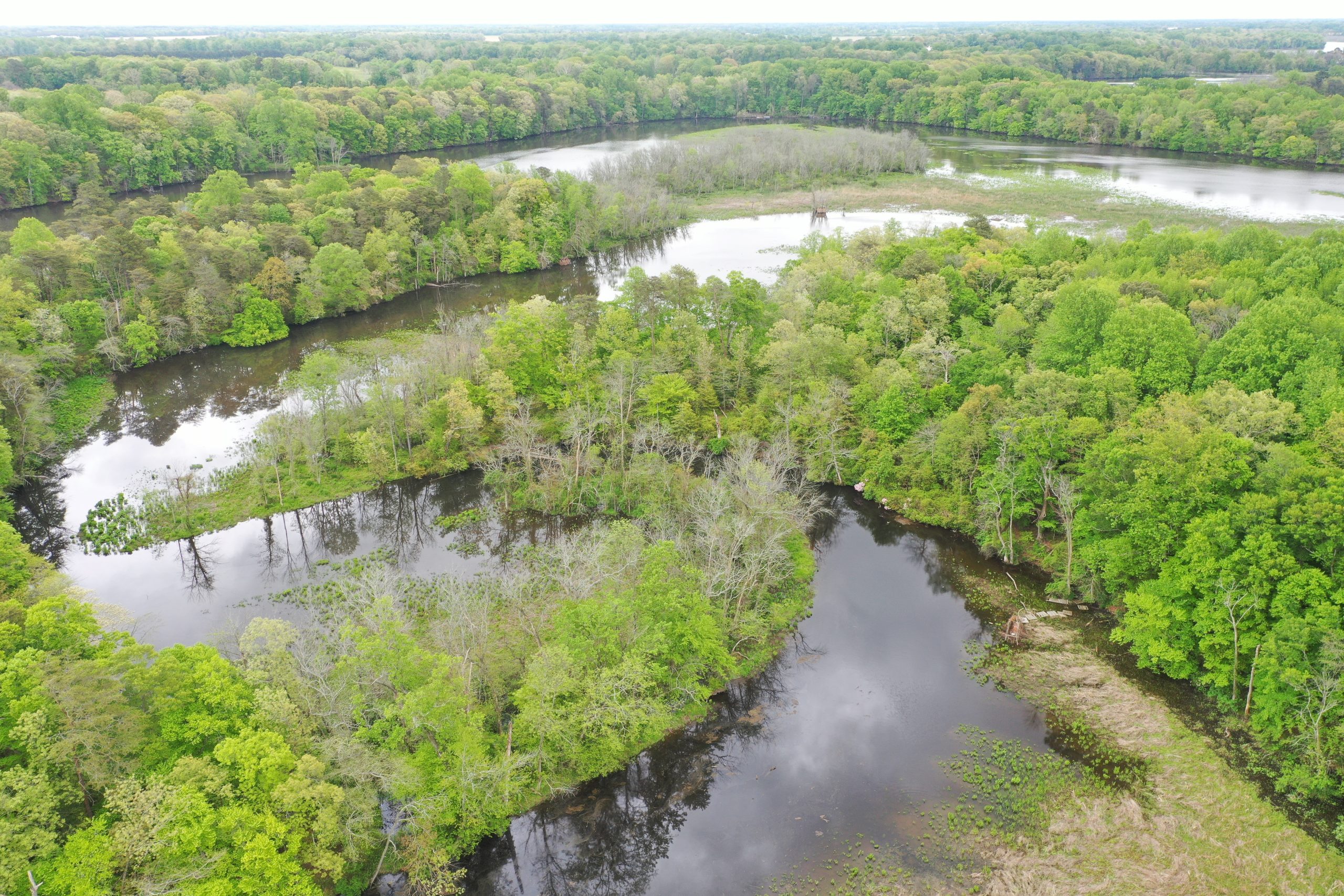
Protected for twenty years, Perry Farm and Hubbard Farm in Talbot County collectively conserve 450 acres of woodlands and prime agricultural soil. Home to bald eagles, forest interior dwelling birds, and Delmarva fox squirrel, the conservation potential of this farm is only magnified by the fact that it is connects over 500 additional acres of permanently protected land, a haven for native plant species and wildlife. Almost 10,000 feet of buffers separate working farmland from Tuckahoe Creek, and a nearby tributary, which means clean water and dazzling kayaking for perpetuity.
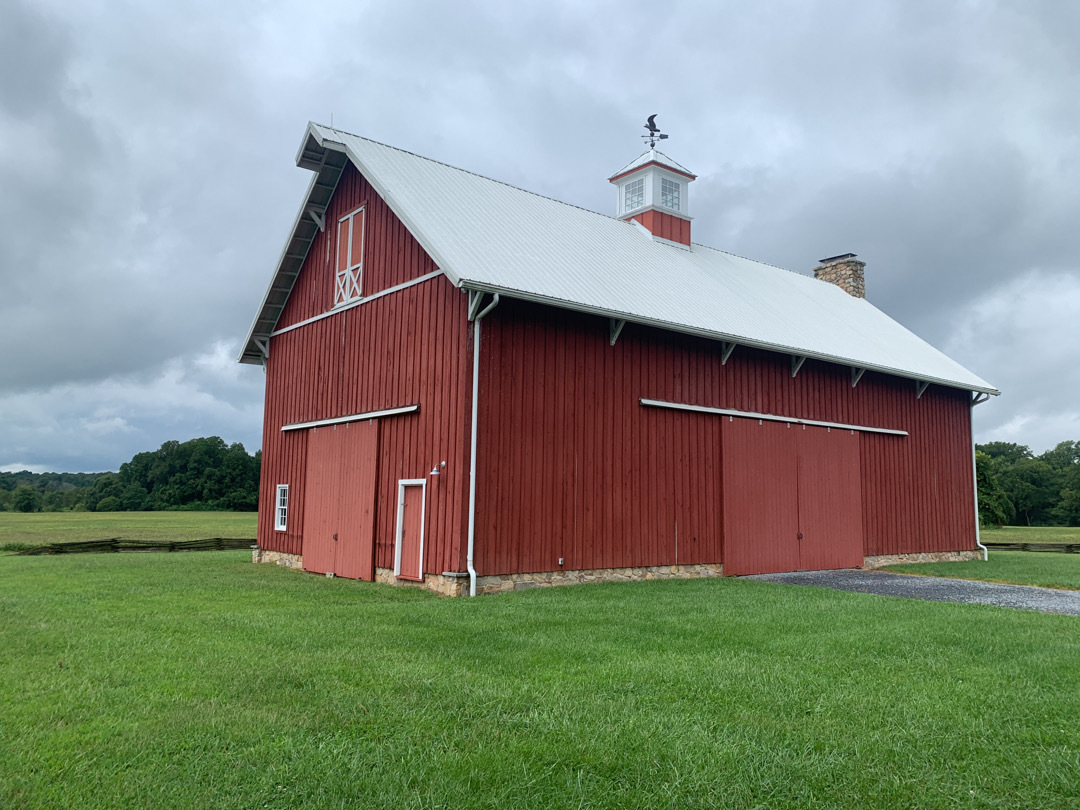
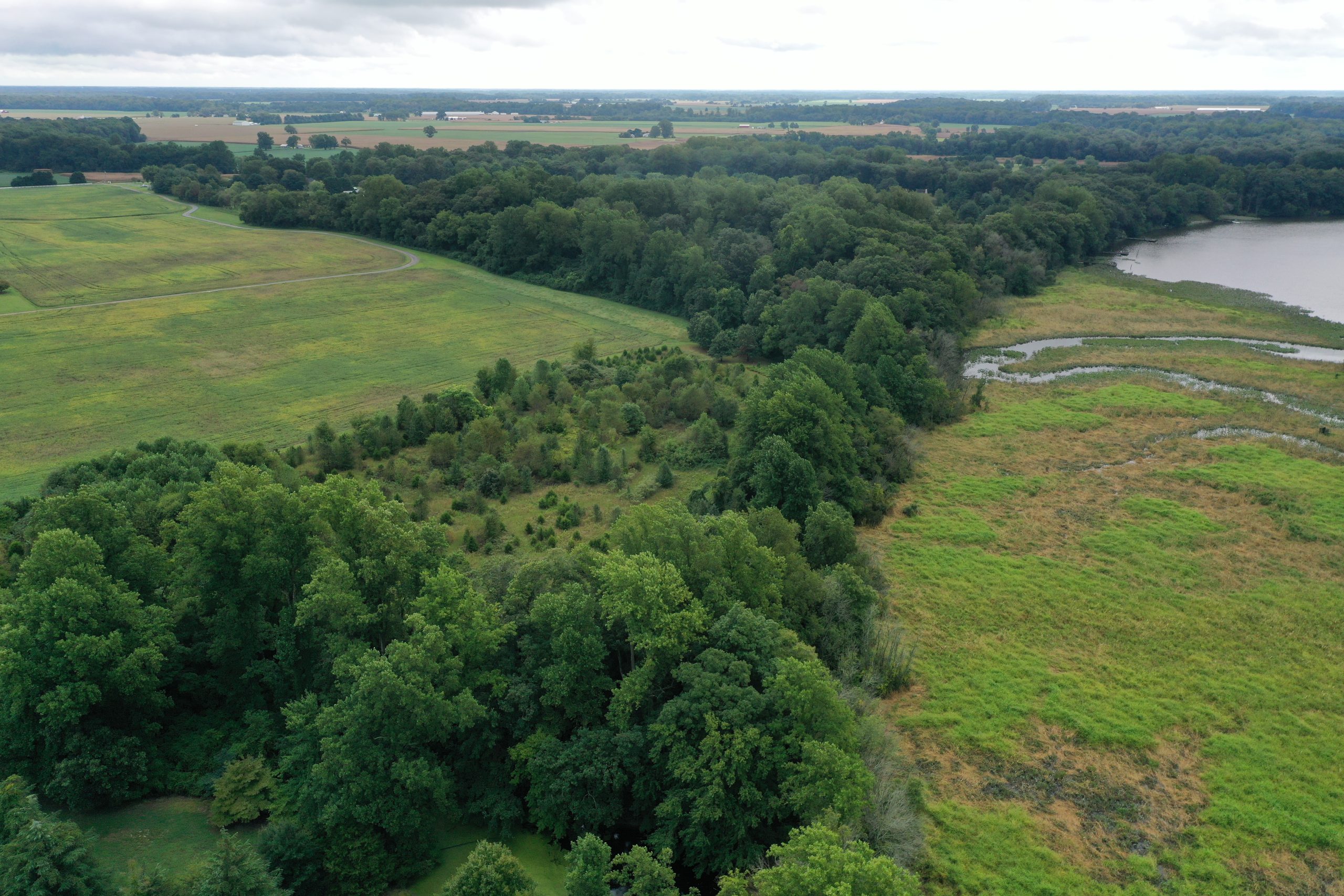
Part of the Tuckahoe Rural Legacy Area, the Daffin House Farm in Caroline County has protected over 268 acres of farmland, forest, and wetland since 2002. Two and a half miles of the property front Tuckahoe Creek, protecting its waters with a 100-foot-wide forested buffer. The farm’s three-sectioned historic home dates back to 1780 and is the oldest home in Caroline County.
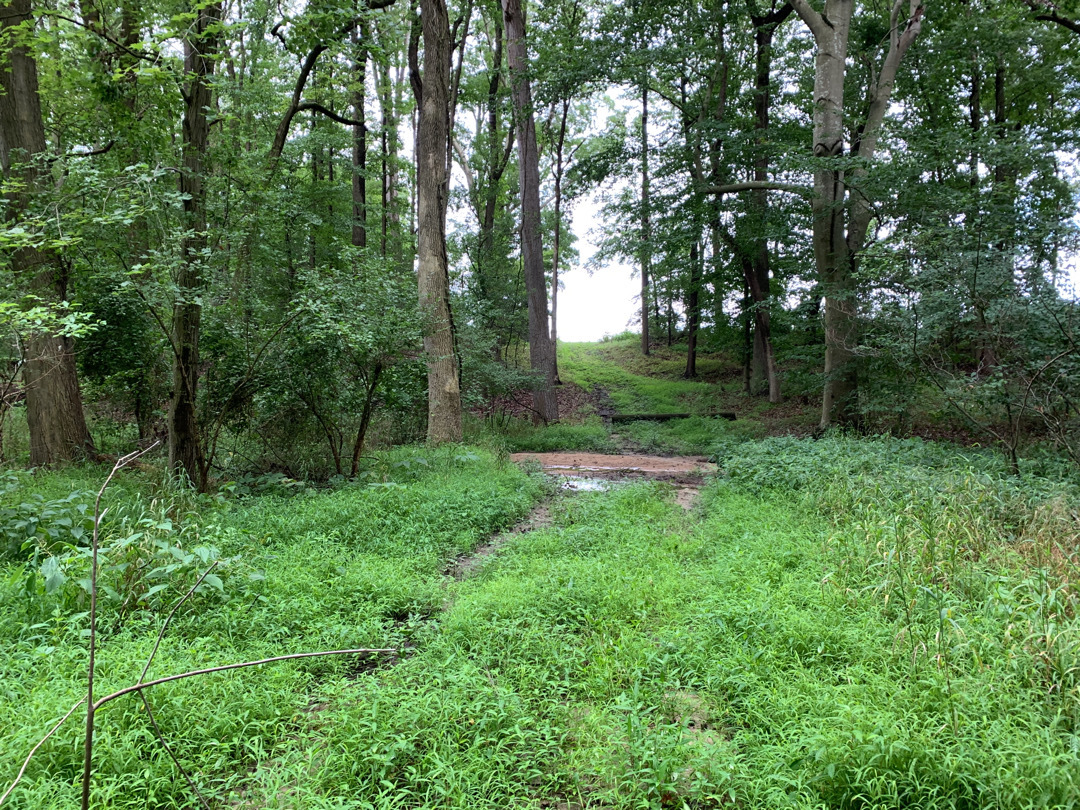
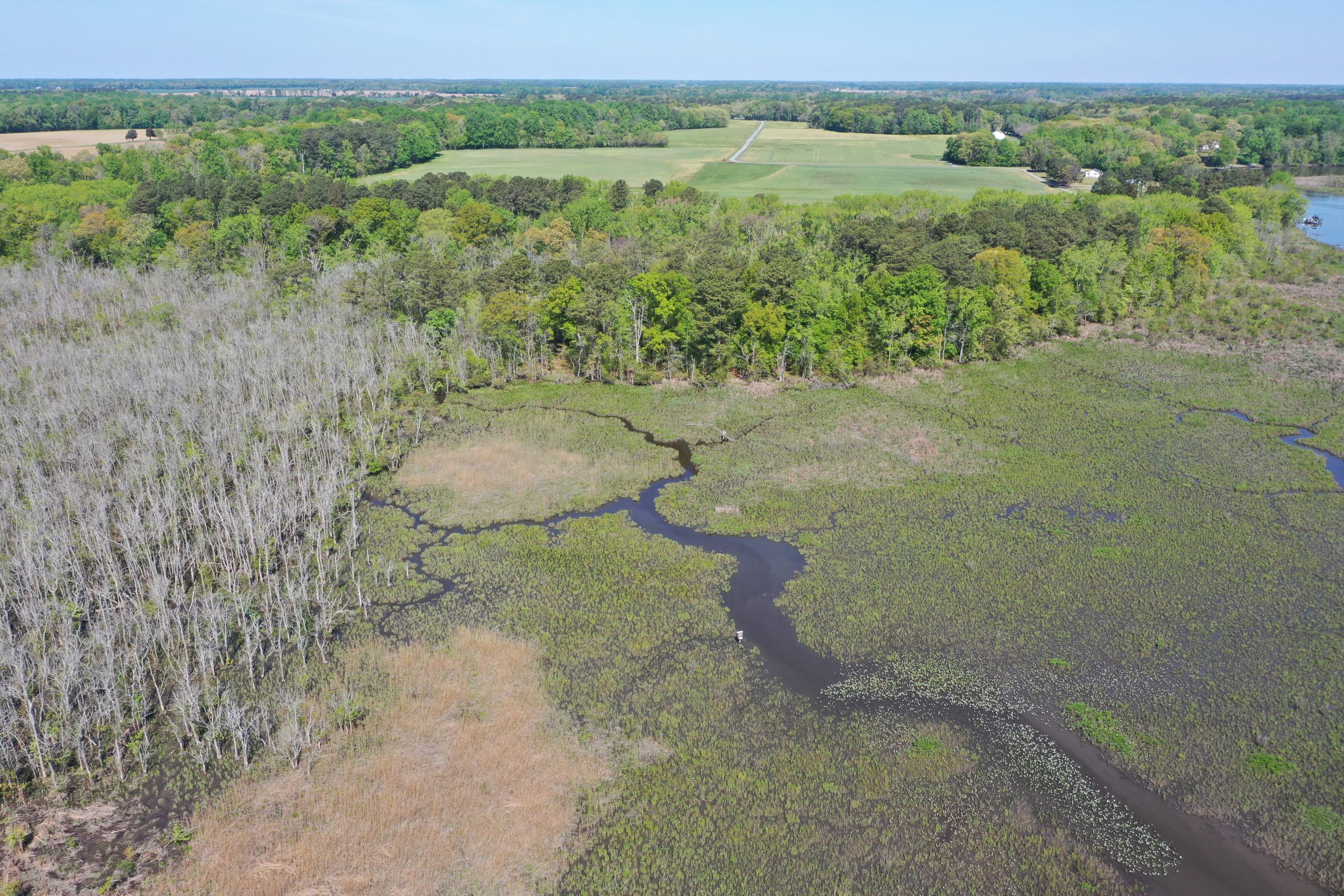
Brennan, Tamsey, Ross, and Fox Farm encompass an area of over 640 acres, evenly divided between farmland and forest. In addition to protecting threatened birds and Delmarva fox squirrel, the woodlands here are also ideal habitat for rare, endangered, and threatened plant species like salt-marsh bulrush, stout smartweed, and lake-bank sedge. Over 7,500 feet front Tuckahoe Creek, and over 87 acres of marshland are protected throughout the property.
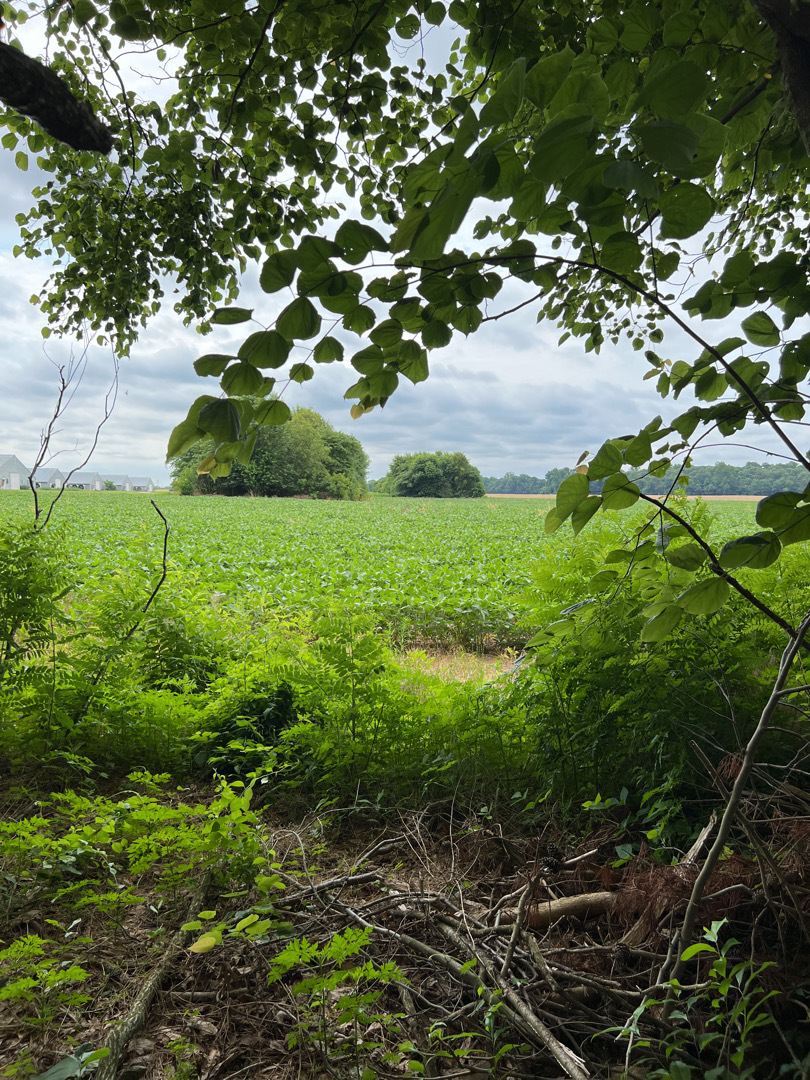
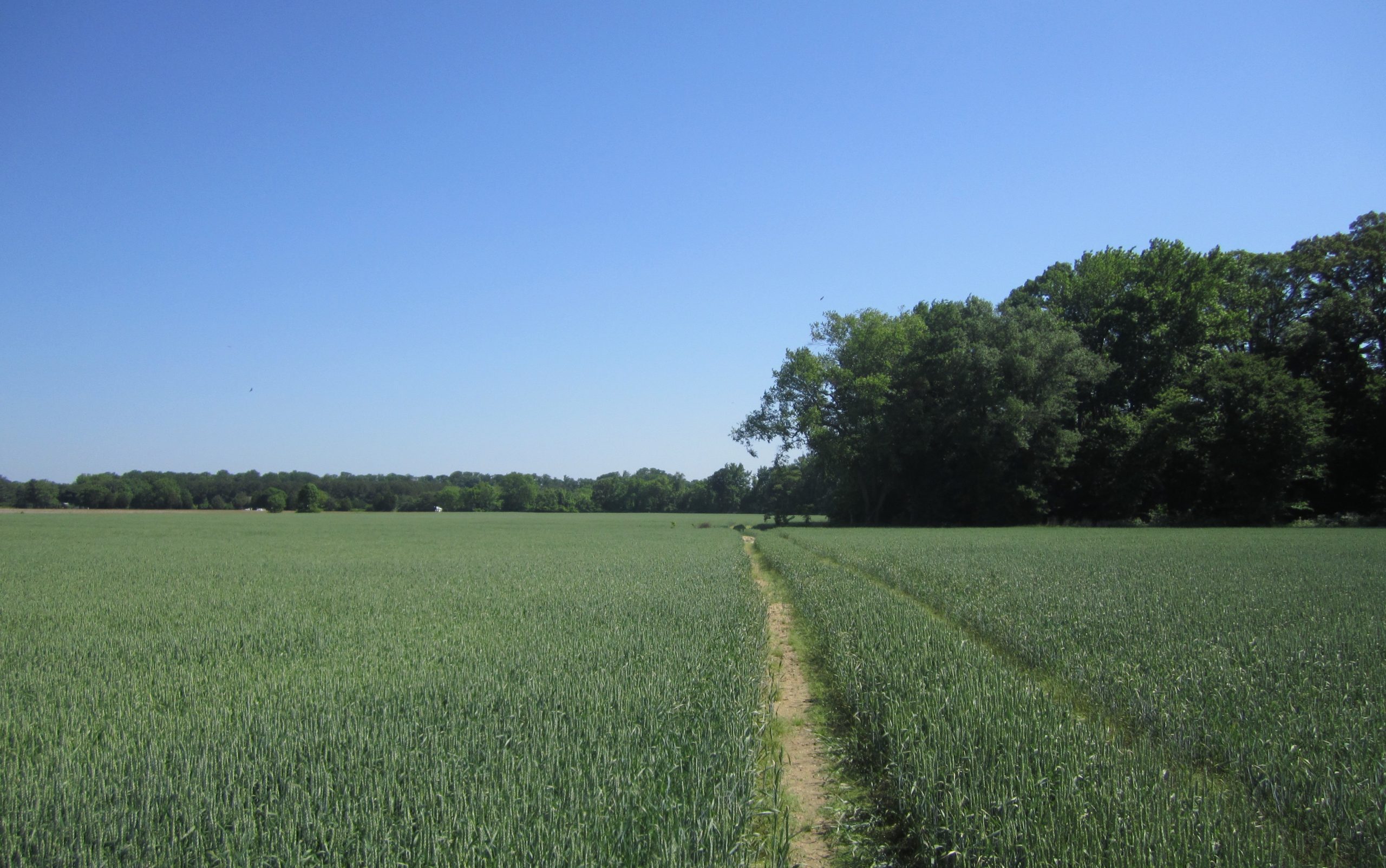
The Wood Farm‘s 164-acre conservation easement in Denton, Maryland has been protected by ESLC since 2002. 100-foot-wide woodlands buffer 2,000 feet of tidal frontage on Deep Branch. In addition to wildlife habitat and water quality protection, Wood Farm preserves the scenic value of 3,400 feet along Tuckahoe Road.
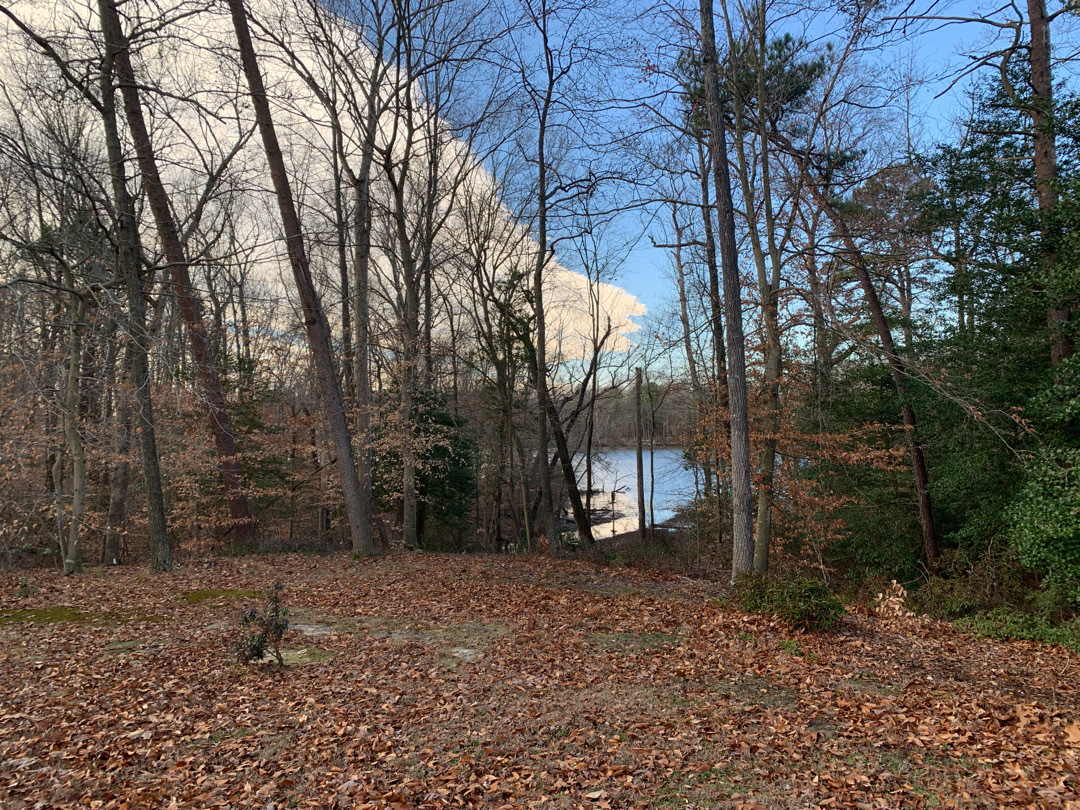
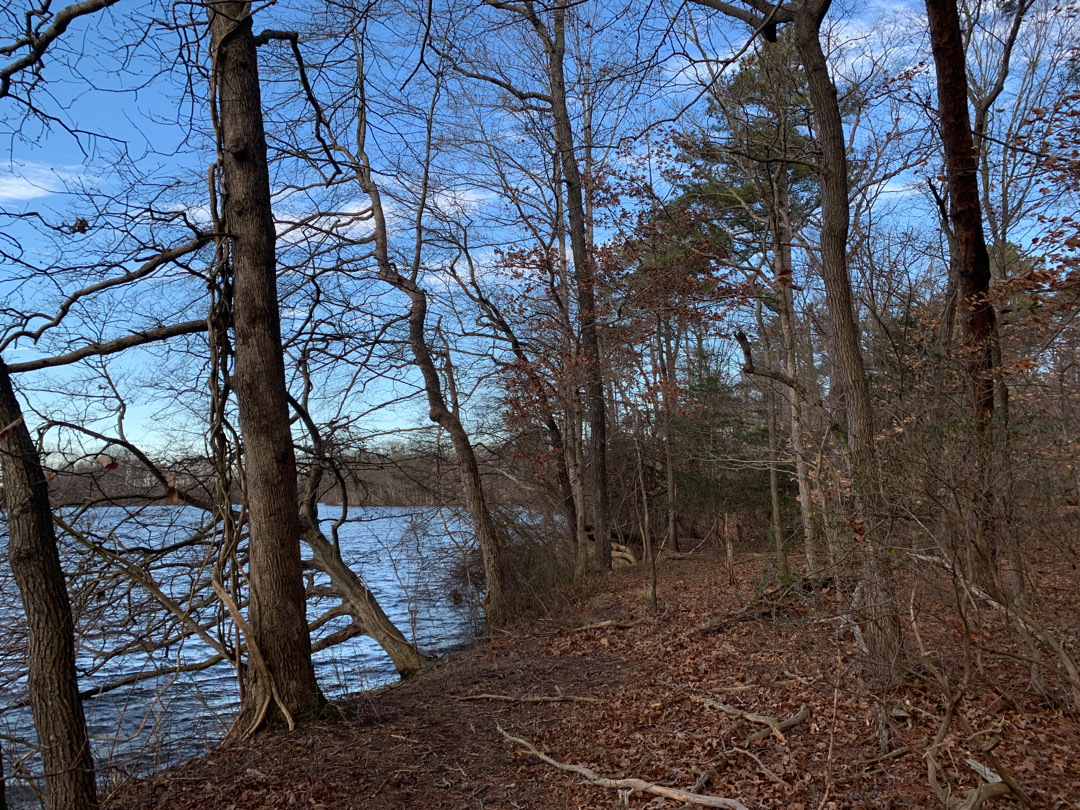
This Tuckahoe Rural Legacy easement in Caroline County was first protected by ESLC and the Jones family in 2014. Thirty acres of upland and riparian woodland contain diverse stands of hickory, black cherry, American beech, tulip poplar, oak, maple, holly, sassafras, and loblolly pine. 100-foot-wide forest buffers stand sentinel beside 1,000 linear feet of frontage along Tuckahoe Creek. The woodland areas of the property are managed with a forest stewardship plan with a primary objective of wildlife and fish habitat protection.
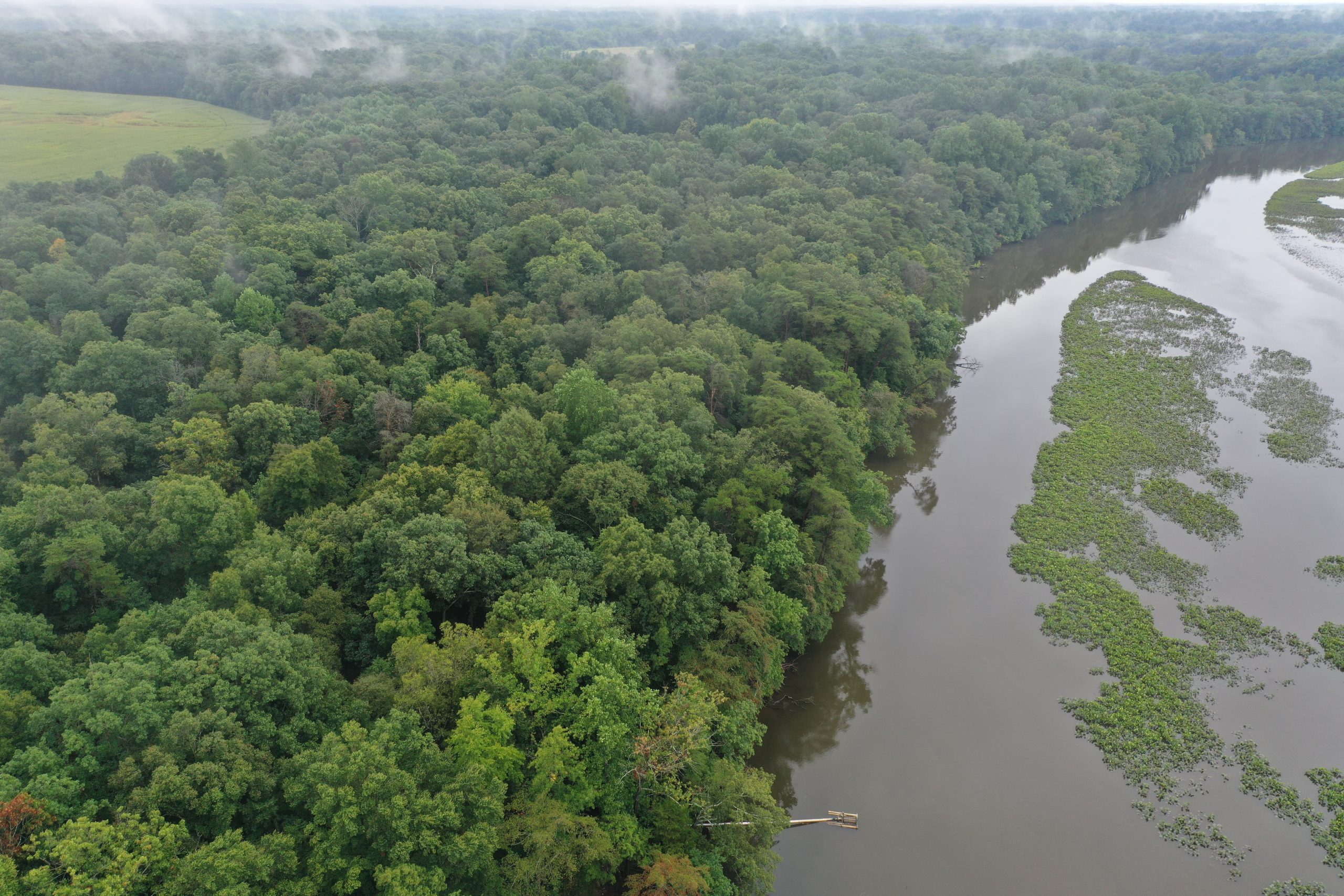
saathoff
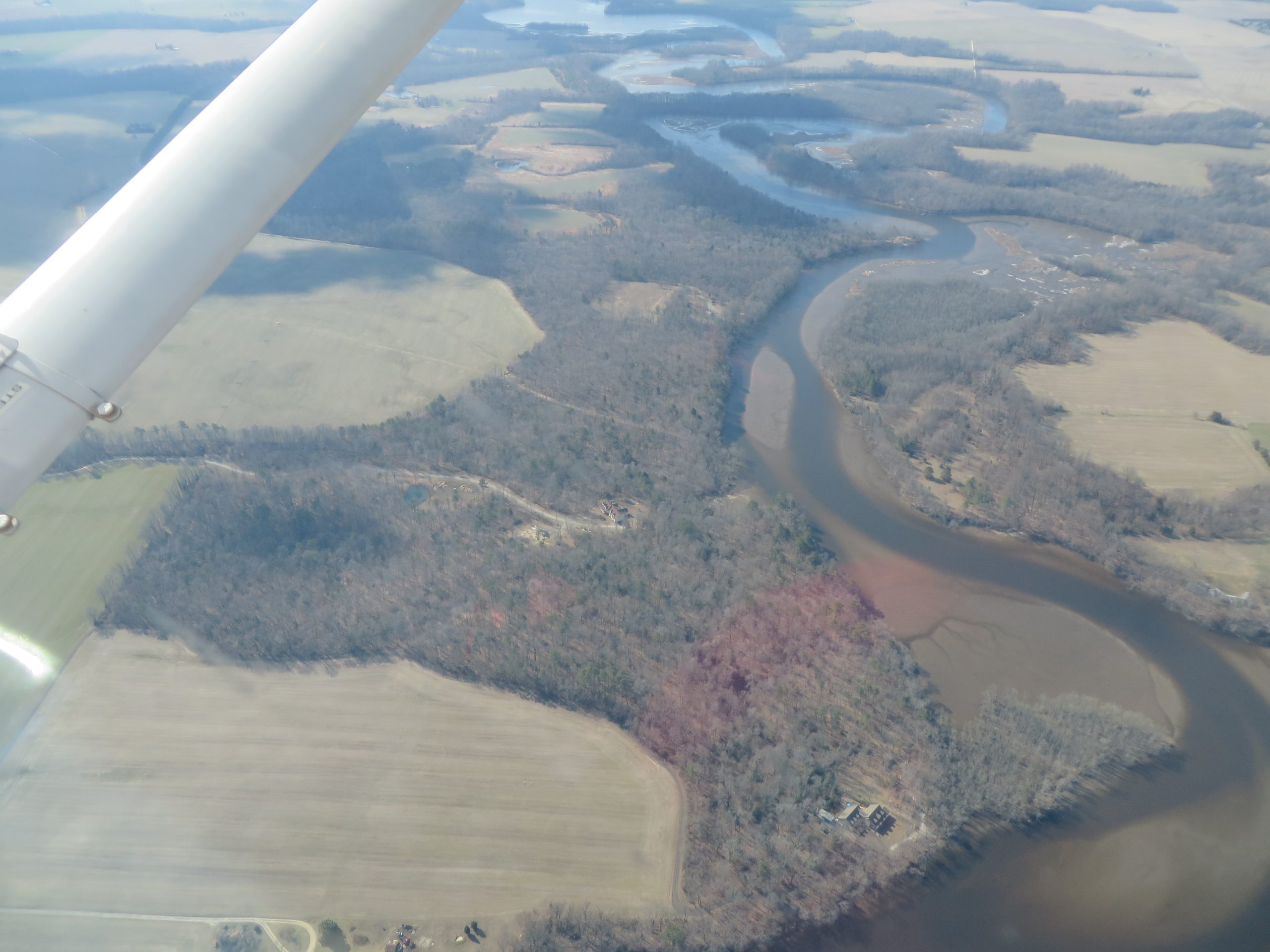
Located in Ridgely, the Saathoff Farm is a patchwork quilt of grain, woodland, wetland, and creek. Protected in 2000, the farm overlaps Tuckahoe Creek’s Critical Area. “Critical Area” is a state designation for any land located within 1,000 feet of Maryland’s tidal waters and tidal wetlands. These tidal areas are essential to protect as the Eastern Shore experiences increasing climate change effects like flooding, storms, and sea level rise.






